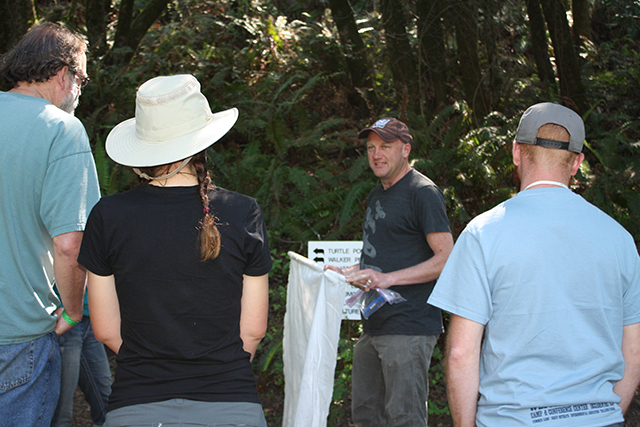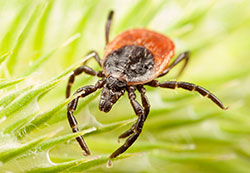 By Allie Cashel
By Allie Cashel
The following is a guest post by a young author and Lyme patient who has turned her experience into a catalyst to help others find their voice and break the silence around long-term struggles with Lyme disease and other chronic illnesses. You can read more about Allie in our Faces of Lyme section and on her own website, sufferingthesilence.com.
Allie has a new book due out in early September, Suffering the Silence: Chronic Lyme Disease in an Age of Denial. Bay Area Lyme Foundation will be co-hosting a reading and book signing at Books Inc. in Mountainview, CA on Tuesday, September 15th at 7:00pm. Come join us at the event and meet this engaging young speaker!
Everyone knew about Lyme disease in the town where I grew up. “Easy to diagnose and simple to treat,” people said. “As long as you get the medicine in you, you’ll be fine.” As a kid, I was always hearing stories about someone who had recently been diagnosed with Lyme – parents, cousins, siblings, pets – and in almost every case, the stories I heard were short.
 Blacklegged ticks
Blacklegged ticks Guest blog by Dr. William St. Lawrence, Village Square Veterinarian, Portola Valley Village Square
Guest blog by Dr. William St. Lawrence, Village Square Veterinarian, Portola Valley Village Square Here, Bay Area Lyme research scientist Dan Salkeld shows California naturalists how to drag for ticks at the Association for Environmental and Outdoor Educators annual conference.
Here, Bay Area Lyme research scientist Dan Salkeld shows California naturalists how to drag for ticks at the Association for Environmental and Outdoor Educators annual conference.


